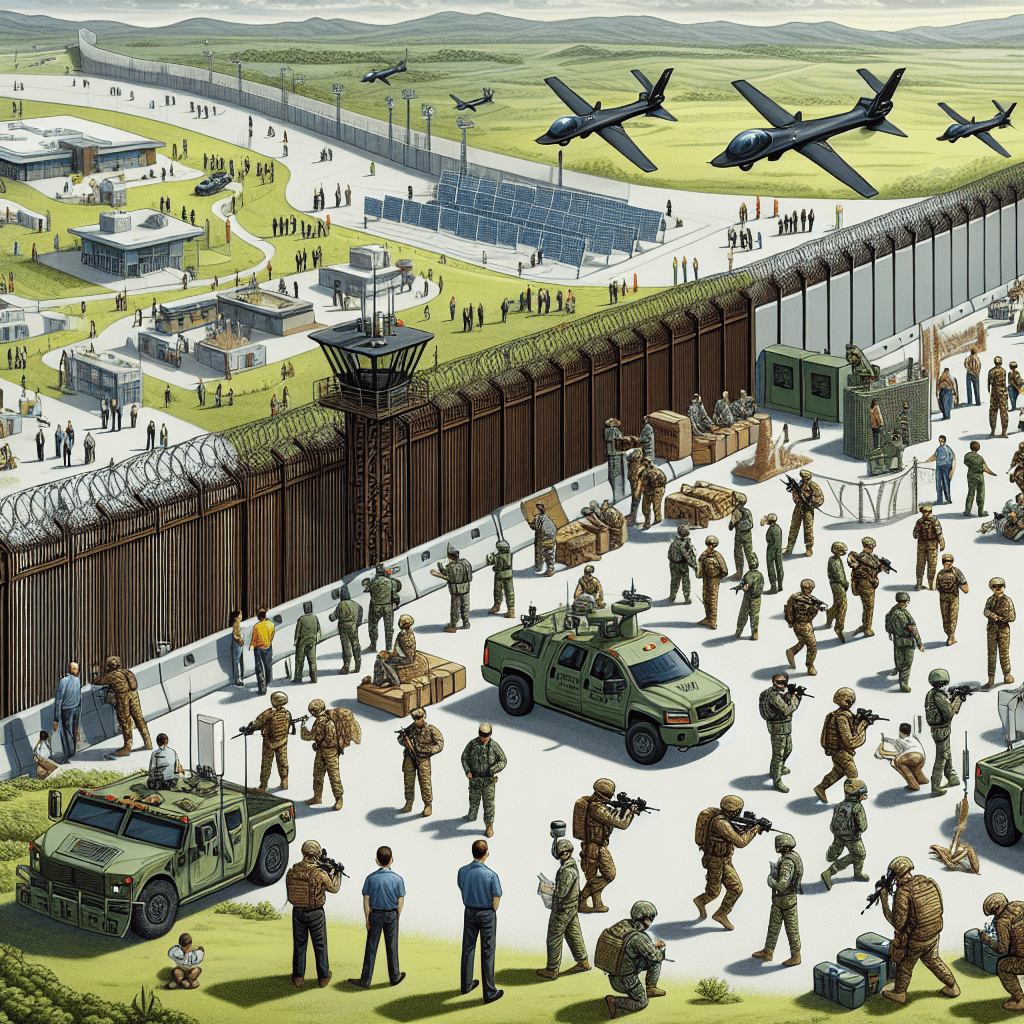President Donald J. Trump has signed an executive order titled “Clarifying the Military’s Role in Protecting the Territorial Integrity of the United States,” underscoring the Armed Forces’ commitment to safeguarding the nation’s borders. This directive instructs the Secretary of Defense to revise the Unified Command Plan, assigning the United States Northern Command (USNORTHCOM) the mission to seal the borders and maintain the sovereignty, territorial integrity, and security of the United States by repelling forms of invasion, including unlawful mass migration, narcotics trafficking, human smuggling and trafficking, and other criminal activities. Additionally, the order mandates the inclusion of specific planning requirements in the Contingency Planning Guidance and Guidance for the Employment of the Force, ensuring that USNORTHCOM develops comprehensive strategies to address these challenges. The Secretary of Defense is also tasked with continuously assessing all available options to protect the nation’s sovereign territory from mass unlawful entry and other threats posed by foreign nations and transnational criminal organizations. While the order emphasizes the military’s role in border security, it does not specify the allocation of additional resources or personnel, leaving the implementation details to the discretion of the Department of Defense. This approach allows for flexibility in addressing the evolving nature of border threats but may require further clarification to ensure effective execution. The directive also highlights the importance of interagency coordination, instructing the Secretary of Defense to work closely with the Secretary of Homeland Security and other relevant officials. This collaboration aims to leverage the strengths of various departments in securing the nation’s borders. However, the order does not outline specific mechanisms for this coordination, potentially leading to challenges in interdepartmental communication and resource sharing. By reinforcing the military’s role in border security, the administration seeks to address concerns over unlawful mass migration and transnational criminal activities. The order’s emphasis on the Armed Forces’ involvement reflects a commitment to utilizing all available means to protect the nation’s sovereignty and territorial integrity. As the Department of Defense moves forward with implementing this directive, it will be essential to monitor the effectiveness of these measures and make necessary adjustments. Ensuring that the military’s involvement complements existing border security efforts without duplicating functions or creating inefficiencies will be crucial. With time and careful planning, the integration of military resources into border security operations is expected to enhance the nation’s ability to address complex challenges at its borders.
—
Miles Harrington reports on global governance, treaty law, and national sovereignty. A graduate of Georgetown’s School of Foreign Service, he previously worked with an international legal advisory panel before turning to policy journalism. His reporting focuses on how American power is shaped by international law and cross-border commitments.



